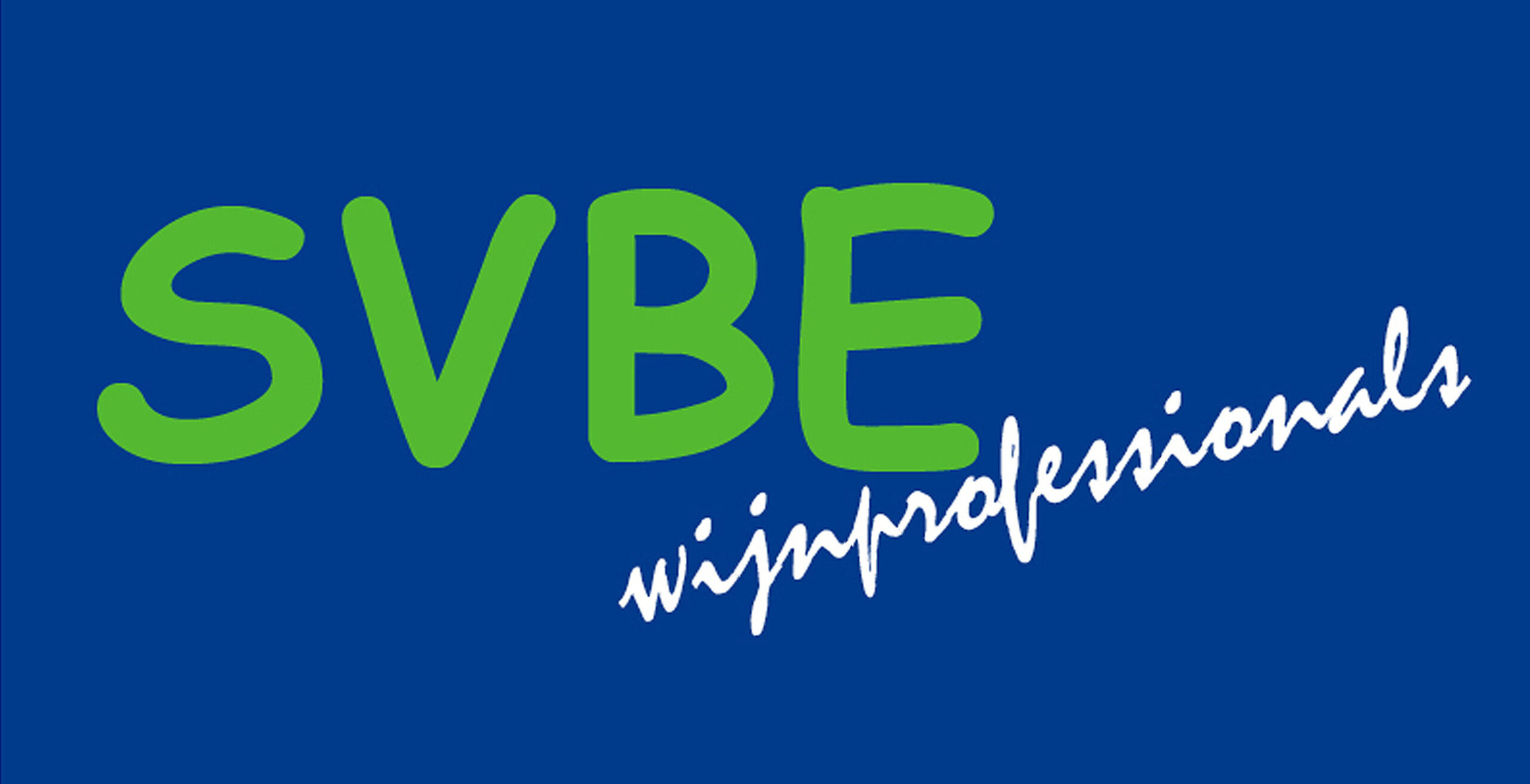
Barley goes round the world – the new world of whisky
by Peter Eichhorn
A classic that people never tire of – whisky. Many might first think of Scotland. And in actual fact, many parts of the world were inspired by the Scottish tradition and its distillation methods making whisky an international product today – but usually with a hint of Scotland.
Rare and long matured whiskies occasionally sell at extremely high prices and are often even speculative items. Limited editions, bottles filled 25 or more years ago and lost barrels from closed distilleries are all highly coveted and sought after. This is why many brands also launch new products with unique selling points designed to target collectors – such as special receptacles, cooperations with resounding labels from other sectors of industries or celebrity testimonials. In the industry people are already asking whether only “unicorns” – i.e. expensive, desirable rarities – are being launched these days. An outstanding overview of this dazzling world of whisky is provided by ProWein, the world’s biggest and most relevant trade fair for wines and spirits in Düsseldorf from 19 to 21 March 2023. Some 500 of the just under 6,000 exhibitors from all over the world will be showcasing their spirits ranges – including just under 100 whisk(e)y suppliers.
Whisk(e)y for Gen “Z”
Another segment of the current market increasingly addresses younger target groups. Entry-price products for beginners with pleasant, not overly complex aromas are designed to invite the Generation “Z” to acquire a (permanent) taste for whisky. The tremendous success enjoyed by Irish Whiskey posting high growth rates especially in the USA serves as a “role model” here. While for Single Malts connoisseurs strictly refuse combinations with ice or ginger ale, demonise its use for cocktails as at least questionable, and only tolerate a few drops of water added to their whisky from a pipette, these “snobby rules” do not apply to Irish Whiskey, Bourbon and Rye. “Drink it as you like it; even if it’s with a coke”.
The third component giving whisky new facets and hitherto unseen aromatic diversity is its internationality. In Scotland and Ireland alone the market is currently growing by 30 to 40 new brands and distilleries each. New distilleries are being opened with modern, creative ambitions, and old, forgotten brands are being reactivated with a historic twist.
Anything is possible: new aromas in the barley
In doing so, these new brands meticulously devote themselves to details scarcely paid attention to before. For the raw distillates different malt types are used and all sorts of yeast types are experimented with. The sector is passionately debating the question of whether a growing region can be tasted in a whisky by way of the barley. Environmental aspects also play an increasingly important role – and the use of peat for malting is being questioned. Some brands are already experimenting with wood-herb mixtures with a view to introducing new aromas into the barley and, hence, the whisky by way of the smoke.
Likewise, the handling of casks is developing further. Over the past few years, “finishing” has become ever more popular – this means transferring a matured whisky to a second cask to round off the aroma individually by storage over a few weeks or months. Many whiskies start maturing in former Bourbon and former sherry casks. Then they are “finished” in red wine, port, Madeira or Sauternes barrels that consumers are already accustomed to. New are Mezcal and beer barrels; and the exquisite Japanese Mizunara oak is also on everyone’s lips. Producers now increasingly speak of a second maturation rather than finishing, where the second cask type is used not only for a few months but several years.
At ProWein 2023 all these developments can be followed very closely. Classic and modern brands flag up the wide variety of whiskies currently available. Loch Lomond and Duncan Taylor will offer Scottish classics, Teeling, Lough Ree or Skellig will demonstrate the innovation potential of Irish whiskey, and the whisky country Japan will be represented by the brands Akashi, Onikishi or Togouchi. The world of whisky knows no borders and this is why even regions with less obvious distilling traditions will surprise visitors with extraordinary products. Next to classics such as Rozelieures from France, Penderyn from Wales, or Slyrs from Germany, Milk & Honey from Israel, Stauning from Denmark and other exotic manufacturers hailing from the Balkans to Taiwan, will showcase what the contemporary world of whisky has to offer. What does it have to offer? Huge diversity to be discovered in Halls 13 and 7!









